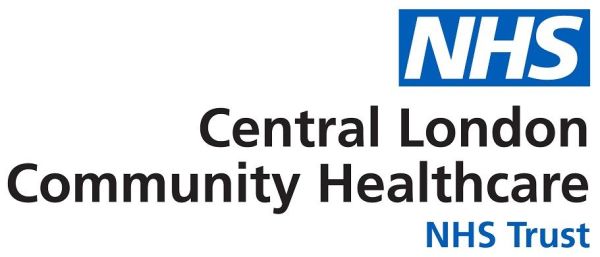FOI/25/024
Read more about this page below
| Reference | FOI/25/024 |
|---|---|
| Description | Planned Care and Follow-up Appointments |
| Date requested | 12/04/2024 |
| Attachments | N/A |
Request
1a. Does your organisation follow the guidance set out in Section 5 (Recording RTT waiting times: Planned patients) of NHS England’s ‘Recording and reporting referral to treatment (RTT) waiting times for consultant led elective care’?: “Planned care means an appointment /procedure or series of appointments/ procedures as part of an agreed programme of care which is required for clinical reasons to be carried out at a specific time or repeated at a specific frequency. Planned activity is also sometimes called ‘surveillance’, ‘re-do’ or ‘follow-up'.” … “When patients on planned lists are clinically ready for their care to commence and reach the date for their planned appointment, they should either receive that appointment or be transferred to an active waiting list and a waiting time clock should start (and be reported in the relevant waiting time return). The key principle is that where patients' treatment can be started immediately, then they should start treatment or be added to an active waiting list.”
1b. If so, do you follow the guidance with respect to the following types of planned patient (as defined in the guidance):
- Follow-up outpatients
- Cancer surveillance patients
- Active monitoring patients
1c. If so, at what point does your organisation place patients waiting for planned care (as defined in the guidance) on an active RTT waiting list? (e.g. the RTT clock starts as soon as a patient’s care becomes ‘overdue’, or after a defined time period or tolerance following a patient’s care becoming ‘overdue’?)
1d. If such patients are placed on an active RTT waiting list, do you report them on i) the Referral to Treatment statistics to NHS England which are published monthly as National Statistics, and/or ii) the Waiting List Minimum Data Set (WLMDS)?
2a. How many patients on your active RTT waiting list have been placed on this waiting list having been transferred from a planned care list (as defined in the guidance)? Please provide the most recent available figures and state the date of those figures.
2b. How long have these patients been on an active RTT waiting list?
- 0-4 weeks (0-28 days)
- >4 -12 weeks (29-84 days)
- >12-18 weeks (85 days-126 days)
- >18-36 weeks (127 days-252 days)
- >36-52 weeks (253 days-364 days)
- >52-104 weeks (365 days – 728 days)
- >104 weeks (729 days or more)
- No date recorded.
2c. How many of these patients are on an active RTT waiting list for the following RTT treatment functions?
- General Surgery Service
- Urology Service
- Trauma and Orthopaedic Service
- Ear Nose and Throat Service
- Ophthalmology Service
- Oral Surgery Service
- Neurosurgical Service
- Plastic Surgery Service
- Cardiothoracic Surgery Service
- General Internal Medicine Service
- Gastroenterology Service
- Cardiology Service
- Dermatology Service
- Respiratory Medicine Service
- Neurology Service
- Rheumatology Service
- Elderly Medicine Service
- Gynaecology Service
- Other - Medical Services
- Other - Mental Health Services
- Other - Paediatric Services
- Other - Surgical Services
- Other - Other Services
- Unknown
3. How many planned patients (as defined in the guidance), in each of the following categories, do not have a date that allows their overdue date to be calculated ( e.g. a due-by / latest clinically appropriate date):
- Follow-up outpatients
- Cancer surveillance patients
- Active monitoring patients
Response
Having completed enquiries within CLCH in respect of Section 1(1)(a), CLCH does not hold information relating to your request. Therefore, CLCH are unable to fulfil our duty under Section 1(1)(b), to provide information you have requested.
CLCH NHS Trust does not have any planned care patients in consultant led services.
